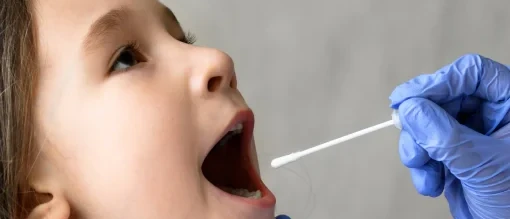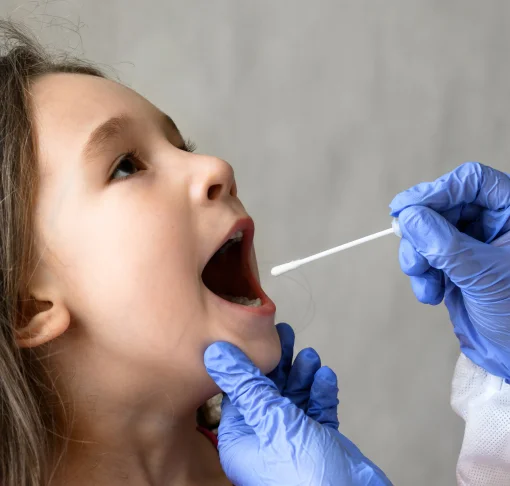A Closer Look at Blood, Nail and Hair Drug Testing
Blood Drug Testing
Detection Window:
Blood testing is used to detect very recent use of substances. Drugs typically appear in blood in minutes after ingestion and remain detectable for the next 24-48 hours. This makes blood tests ideal for assessing current impairment or very recent use.
Pros:
-
Accuracy: Blood tests provide precise measurement of the drug present in the system at the time of testing.
-
Immediate Detection: They can detect drugs almost immediately after use, especially useful in situations like DUI or "drunk driving" arrests.
-
Widely Accepted: Blood testing methods are well-established and widely accepted in legal settings for proving intoxication or impairment.
Cons:
-
Invasive: Requires a blood draw, which can be uncomfortable and requires medical personnel.
-
Short Detection Window: Only detects recent use, which might miss occasional or habitual use if not timed correctly.
-
Requires Careful Handling: Blood samples can degrade or clot, requiring careful handling and storage.
Nail Drug Testing
Detection Window:
In a similar way to hair stand testing, nail testing can provide an extended detection window, as drugs enter the keratin fibres as they grow. Due to the way that nails grow, they are given a very approximate detection window of 6 months for fingernails and 12 months for toenails.
Pros:
-
Reliable Alternative: Useful sample matrix as a backup in situations where a donor does not have sufficient head or body hair available for collection.
-
Non-Invasive: Collection is straightforward and can be less invasive than blood draws, using clippings of fingernails or toenails.
-
Difficult to Adulterate: Nails are hard to cleanse of drug traces, making them an excellent matrix for reliable results.
-
Accuracy: in a similar way to hair strand testing, nails testing is considered an accurate sample to monitor drug misuse behaviour.
Cons:
-
Slower to Show Use: Drugs take longer to appear in nails than in blood; they are not useful for detecting very recent use.
-
Growth Rate Variability: Due to the way nails grow, accurate time frames cannot be applied and only general overviews of drug use can be given. Therefore, unlike hair strand testing, a month by month drug use monitoring cannot be applied.
Hair Strand Drug Testing
Detection Window:
Hair testing offers the longest window of detection, and theoretically can show drug use as far back as the length of a person’s hair, although it is not recommended to assess more than 12 months. Time frames for head hair are applied based on an estimated growth rate of approximately 1 cm per month, as per the Society of Hair Testing (SoHT) and The European Workplace Drug Testing Society (EWDTS) recommendations. Body hair, unlike head or scalp hair, grows at a slower and less consistent rate. Drugs are detectable in hair after approximately 2 weeks after use, once the affected hair grows out of the scalp.
Pros:
-
Long Detection Period: Ideal for identifying long-term patterns of drug use, making it perfect for situations requiring a detailed usage history.
-
Segmentation: Head hair can be segmented month by month, to monitor patterns of drug use over time.
-
Non-Invasive: Collection is simple and non-invasive, involving only a small sample of hair.
-
Stable Samples: Hair samples are robust, and are easy to store and transport.
Cons:
-
Delayed Detection: Not suitable for determining very recent drug use because of the lag before drugs appear in hair.
-
Potential for External Contamination: Although the washing process before testing aims to remove external contaminants. However, the wash step cannot guarantee in full the removal of any residues of drugs.
-
Cosmetic Treatments: Bleaching, dyeing, perming and other hair treatments can damage the hair and therefore affect the detection of drugs in hair, potentially leading to false negatives.
Conclusion
Hair strand testing, nail testing and blood testing; choosing the right drug testing method depends on the specific requirements of the case at hand. Blood drug tests are best for determining current impairment, nail drug tests are excellent for a broader historical perspective, and hair drug tests are unmatched for revealing long-term drug use patterns. By understanding the distinct advantages and limitations of each testing matrix—blood, nails, and hair—legal professionals and decision-makers can better navigate the complexities of drug testing and ensure that the chosen method aligns with their objectives and the specifics of each individual case.
At AttoLife, we are committed to providing comprehensive testing services across several of these matrices, offering our clients the flexibility and accuracy needed to support a wide range of forensic and legal inquiries.
AttoLife is equipped to meet your testing needs with reliability and expert support. Please get in touch with our team for any enquiry about, hair strand drug testing, nail drug testing or blood drug testing.

